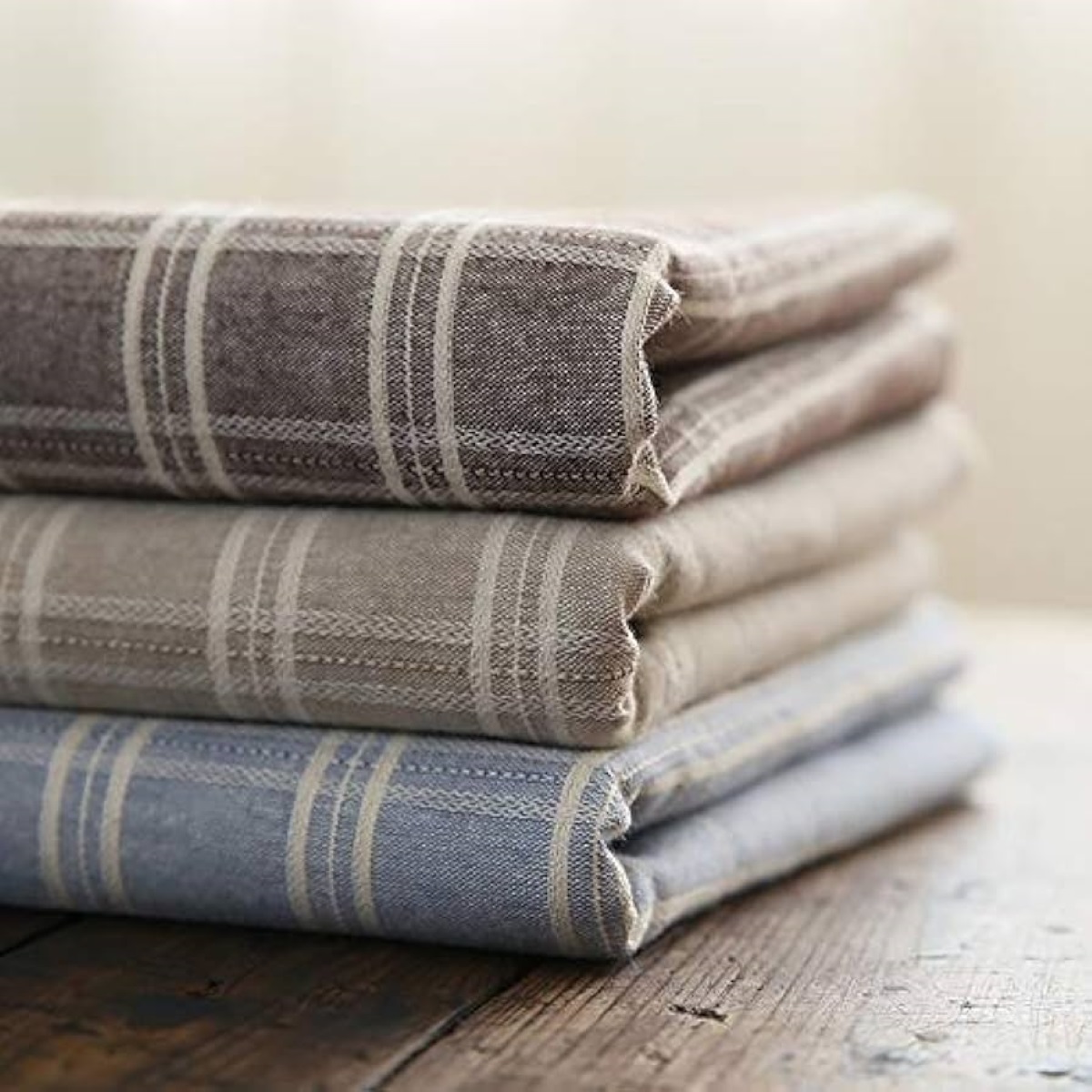

Articles
How To Store Tablecloths Without Wrinkling
Modified: February 24, 2024
Discover effective ways to store your tablecloths without worrying about wrinkles. Read our informative articles for helpful tips and tricks.
(Many of the links in this article redirect to a specific reviewed product. Your purchase of these products through affiliate links helps to generate commission for Storables.com, at no extra cost. Learn more)
Introduction
Tablecloths are a wonderful addition to any table, adding elegance and style to any occasion. However, storing tablecloths can be a bit of a challenge. They are prone to wrinkles and creases, and if not stored properly, they can become damaged over time. Whether you have a collection of fine linen tablecloths or simply want to preserve your everyday tablecloths, knowing how to store them without wrinkling is essential.
In this article, we will explore various methods to store tablecloths and keep them in pristine condition. By following these tips, you can ensure that your tablecloths stay wrinkle-free and ready for use whenever you need them.
Key Takeaways:
- Keep tablecloths wrinkle-free by folding, rolling, hanging, or using storage containers. Choose the method based on fabric type and available space to ensure they stay pristine and ready for any occasion.
- Iron tablecloths before storing to maintain a smooth appearance. Follow specific care instructions and store in a cool, dry place to preserve their quality and elevate your dining experiences for years to come.
Read more: How To Store Tablecloths Without Wrinkling
Method 1: Folding
Folding your tablecloths properly is key to preventing wrinkles and creases. Here are the steps to follow:
- Start by laying the tablecloth on a clean, flat surface. Ensure there are no crumbs or debris on the cloth.
- Smooth out any existing wrinkles by gently tugging on the fabric.
- Fold the tablecloth in half lengthwise, bringing the opposite ends together.
- Smooth out any wrinkles that may have formed during the folding process.
- Now fold the tablecloth in half, this time bringing the shorter ends together.
- If the tablecloth is still too large to store, repeat the folding process until it reaches a manageable size.
It’s important to note that the size of your storage space should dictate the size of the folds. In general, smaller folds result in fewer wrinkles. Additionally, avoid folding the tablecloth too tightly, as this can create permanent creases over time.
Once the tablecloth is folded, consider placing it in a breathable fabric storage bag or pillowcase. This will provide further protection against dust and allow the fabric to breathe, preventing musty odors and mildew.
Remember to label your storage bags or pillowcases to easily identify the tablecloth you need when the occasion arises.
Method 2: Rolling
Another effective method for storing tablecloths without wrinkling is to roll them up. Rolling is especially useful for larger tablecloths or those made from delicate fabrics. Follow these steps to roll your tablecloth:
- Lay the tablecloth flat on a clean surface, making sure it is smooth and free from wrinkles.
- Starting from one end, gently roll the tablecloth tightly, making sure to keep it aligned as you roll.
- Continue rolling until you reach the opposite end of the tablecloth.
- Once the tablecloth is completely rolled, secure it with a fabric tie or ribbon to keep it in place. Avoid using rubber bands, as they can leave marks or damage the fabric.
Similar to the folding method, it’s essential to choose a storage option that allows the tablecloth to breathe. Consider using a fabric storage bag or wrapping the rolled tablecloth in acid-free tissue paper before placing it in a storage bin or container.
One advantage of rolling your tablecloth is that it helps reduce the risk of deep wrinkles and creases. Additionally, it makes it easier to store multiple tablecloths without taking up excessive space. Labeling the storage bin or container will facilitate quick access and identification of the tablecloth you need in the future.
Remember to store the rolled tablecloths in a cool, dry place away from direct sunlight to prolong their lifespan.
Method 3: Hanging
Hanging your tablecloths is an excellent option if you have the available space and want to prevent any folds or creases from forming. Here’s how you can hang your tablecloths:
- Select a suitable area for hanging, such as a closet or a dedicated garment rack.
- Ensure that the chosen area is clean, dry, and free from any potential sources of damage, such as sharp edges or direct sunlight.
- If using a closet, install a sturdy rod or hanger that can support the weight of the tablecloths.
- Drape the tablecloth over the hanger or rod, ensuring that it hangs straight and does not touch the floor.
- Smooth out any wrinkles by gently tugging on the fabric. If necessary, use a fabric steamer or iron on a low heat setting to remove any stubborn wrinkles.
Hanging your tablecloths not only helps prevent wrinkles but also allows for easy access and organization. Additionally, it keeps the fabric free from any folding lines that may become permanent over time.
Consider covering the hanging tablecloths with garment bags or covers made from breathable fabric. This will protect them from dust, insects, and other potential sources of damage while still allowing air circulation.
Labeling the covers or using color-coded hangers can help you quickly find the desired tablecloth when you need it. It also adds a touch of organization and visual appeal to your storage area.
Remember to periodically check the hanging tablecloths for any signs of pests, odor, or damage. If necessary, clean or treat them accordingly to maintain their quality.
After laundering, fold tablecloths neatly and store them flat in a cool, dry place. Avoid hanging them, as this can cause stretching and wrinkles. If folding is not an option, roll them around a cardboard tube to prevent creasing.
Method 4: Using Storage Containers
If you prefer a more compact and space-efficient storage solution, using storage containers is a great option. Here’s how you can store your tablecloths using containers:
- Choose appropriately-sized storage containers that are clean, dry, and made of a sturdy material.
- Ensure that the containers have tight-fitting lids to protect the tablecloths from dust, moisture, and pests.
- Fold or roll the tablecloths using the methods mentioned earlier, depending on the size and fabric of the tablecloths.
- Place the folded or rolled tablecloths inside the containers one by one, making sure to avoid overcrowding.
- If you have multiple tablecloths, consider separating them with acid-free tissue paper or cotton sheets to provide additional protection and prevent any potential color transfer.
- Secure the lids tightly on the containers to create a sealed and protective environment.
When selecting storage containers, it’s essential to choose ones that are the right size for your tablecloths to avoid excessive folding or cramming. Using clear plastic containers can be beneficial as they allow you to easily see and identify the tablecloths without having to open each container.
Store the containers in a cool, dry area away from direct sunlight and extreme temperature changes. This will help preserve the fabric and prevent any potential damage or discoloration.
Labeling the containers and keeping an inventory list can be helpful for easy retrieval and organization. Additionally, periodically check the stored tablecloths for any signs of mold, mildew, or damage and address any issues accordingly to maintain their condition.
Method 5: Ironing Before Storing
An effective way to prevent wrinkles and maintain the smooth appearance of your tablecloths is to iron them before storing. This method is especially useful if you plan on storing your tablecloths for an extended period. Here’s how you can do it:
- Set up your ironing board and ensure that it is clean and free from any residue.
- Adjust the iron to the appropriate heat setting for the fabric of your tablecloth, referring to the care instructions if necessary.
- Spread out the tablecloth on the ironing board, smoothing out any existing wrinkles or folds.
- Starting from one end, gently press the iron onto the fabric, using slow and controlled movements.
- Move the iron across the tablecloth, focusing on one section at a time, and continue until the entire tablecloth is wrinkle-free.
- Pay extra attention to the edges and corners of the tablecloth to ensure they are properly ironed.
- Allow the tablecloth to cool completely before moving or folding it to avoid introducing new wrinkles.
Once the tablecloth is properly ironed, you can proceed with the folding or rolling methods mentioned earlier to store it. This process ensures that your tablecloth retains its crisp appearance and reduces the likelihood of wrinkles during storage.
It’s worth noting that this method may not be suitable for delicate or sensitive fabric types. If you’re uncertain about ironing a particular tablecloth, consult the care instructions or consider seeking professional dry cleaning or pressing services.
Remember to store the ironed tablecloths in a clean, dry place and avoid placing heavy items on top of them to prevent any potential crushing or damage to the fabric.
By taking the time to iron your tablecloths before storing, you can keep them in impeccable condition and ready for use whenever they’re needed.
Conclusion
Storing tablecloths without wrinkling is crucial for preserving their quality and ensuring they’re always ready for your next gathering. By using the right storage methods, you can keep your tablecloths looking beautiful and wrinkle-free.
In this article, we explored several effective methods for storing tablecloths:
- Folding: Properly folding tablecloths and storing them in breathable fabric bags or pillowcases.
- Rolling: Rolling tablecloths tightly and securing them with ties or ribbons, then storing them in storage bins or containers.
- Hanging: Hanging tablecloths on hangers or rods, protecting them with garment bags or covers.
- Using storage containers: Storing tablecloths in clean, dry, and appropriately-sized containers with secure lids.
- Ironing before storing: Ironing tablecloths to remove wrinkles and maintaining their smooth appearance.
Each method offers its own advantages and should be chosen based on factors such as the tablecloth’s fabric, available space, and personal preferences. Remember to always follow the specific care instructions provided by the manufacturer to ensure the best storage practices for your tablecloths.
Additionally, regardless of the storage method chosen, keep your tablecloths in a cool, dry place away from direct sunlight and extreme temperature fluctuations. Regularly inspect them for any signs of damage, and address any issues promptly to preserve their longevity.
By implementing the appropriate storage techniques, your tablecloths will stay in pristine condition and be ready to elevate your dining experiences for years to come.
Frequently Asked Questions about How To Store Tablecloths Without Wrinkling
Was this page helpful?
At Storables.com, we guarantee accurate and reliable information. Our content, validated by Expert Board Contributors, is crafted following stringent Editorial Policies. We're committed to providing you with well-researched, expert-backed insights for all your informational needs.
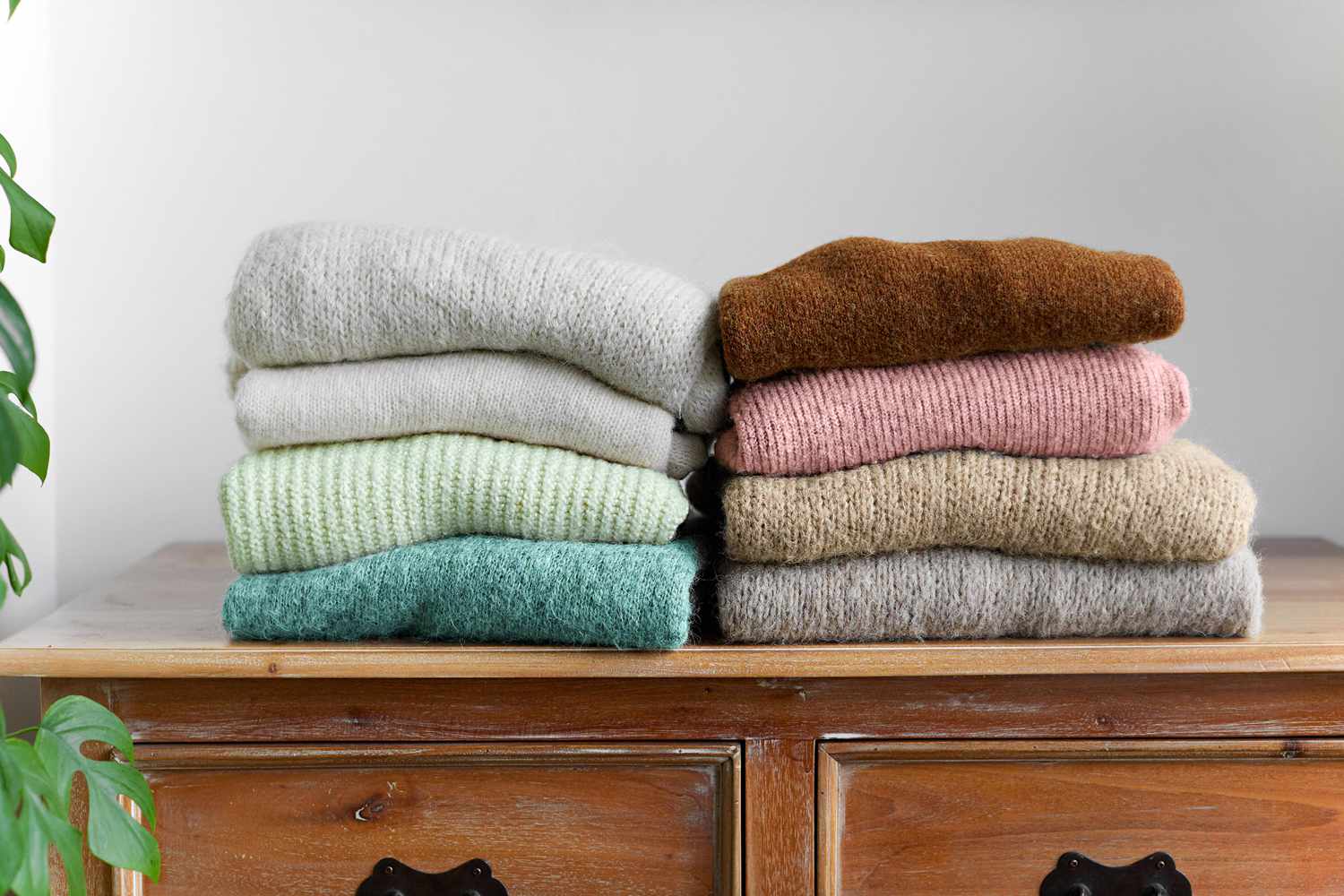
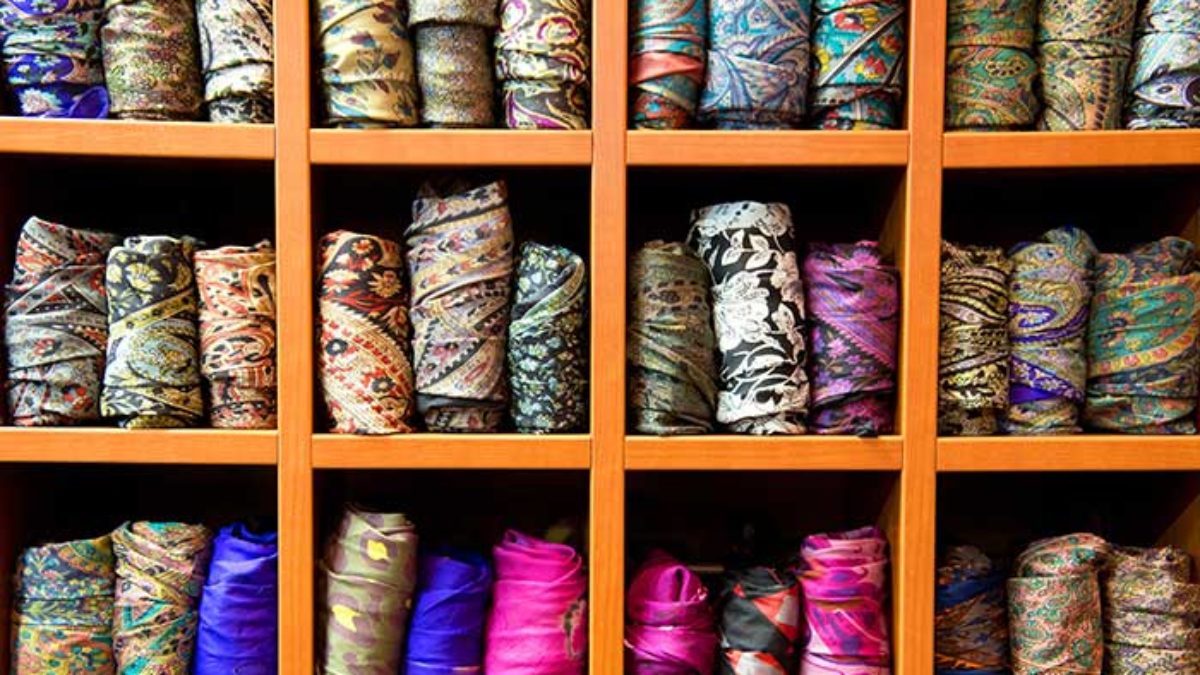
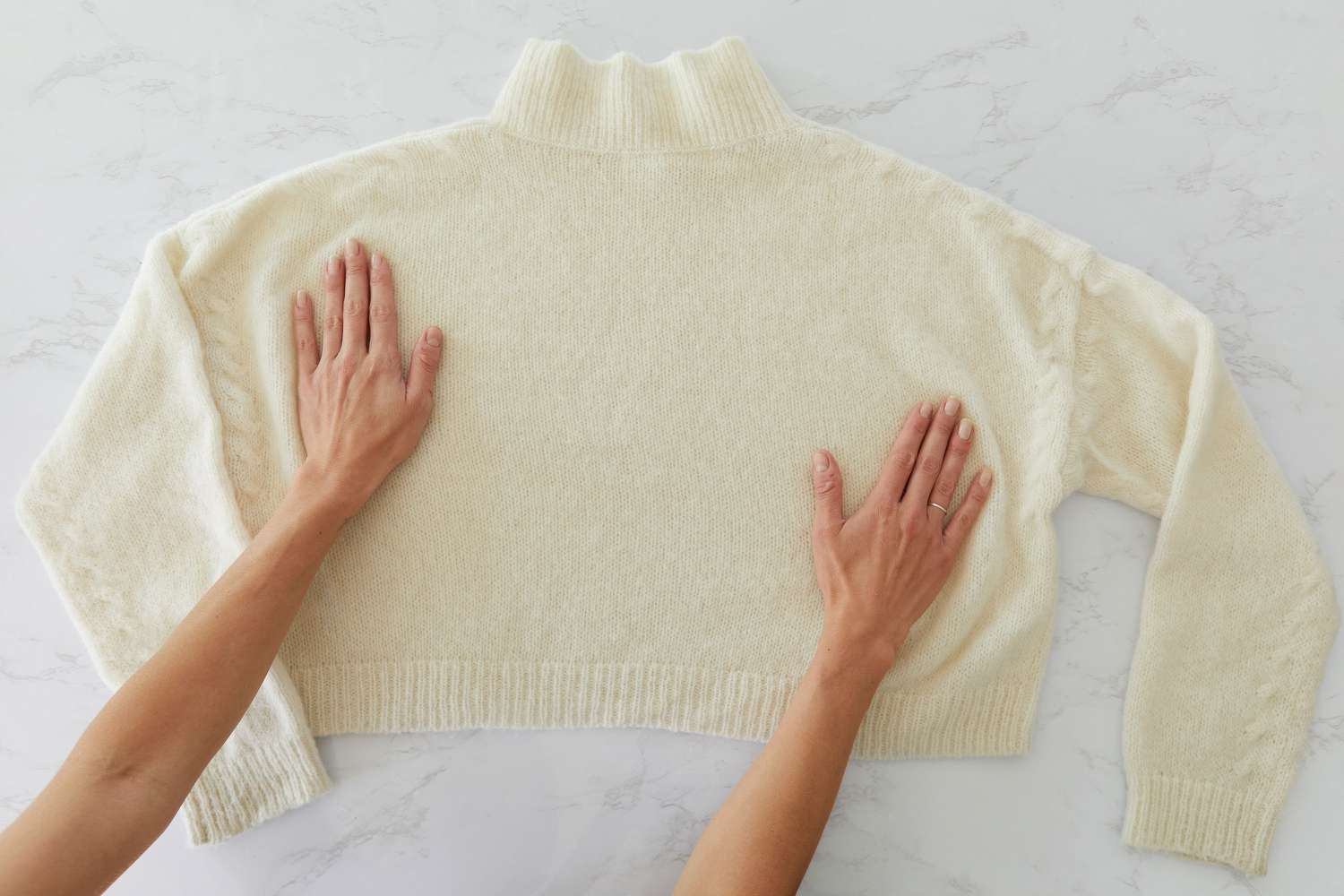
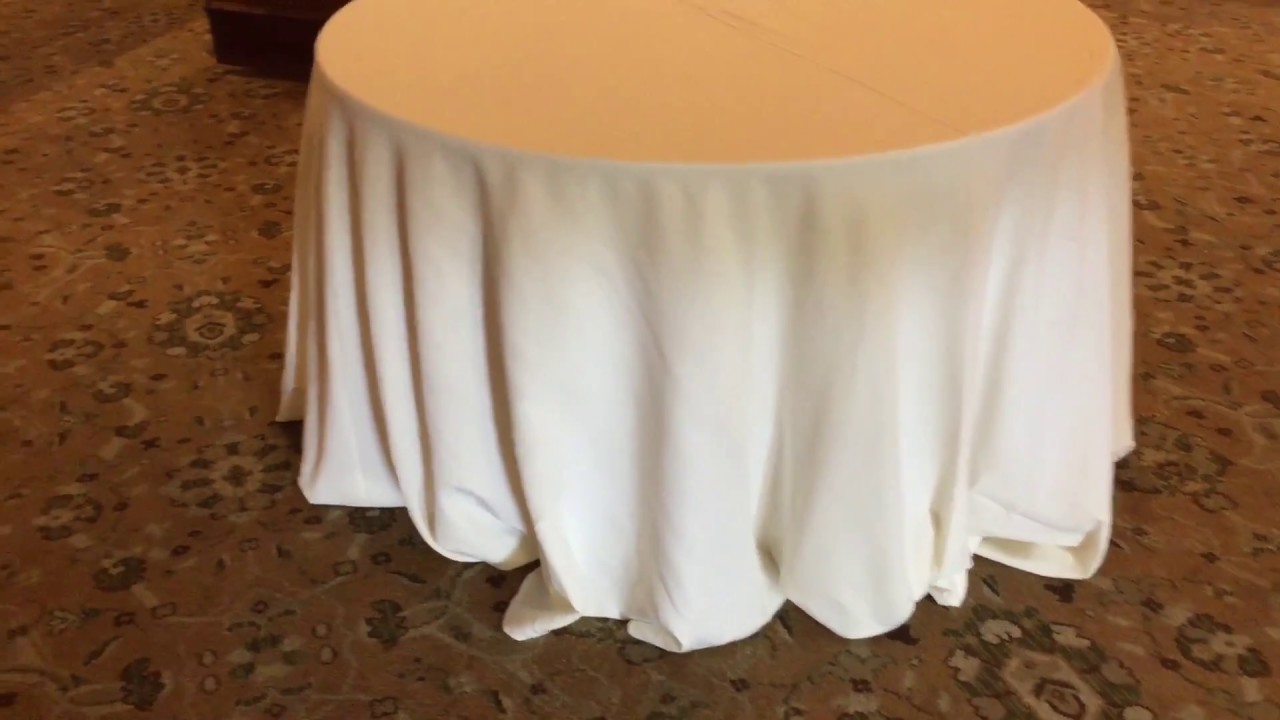
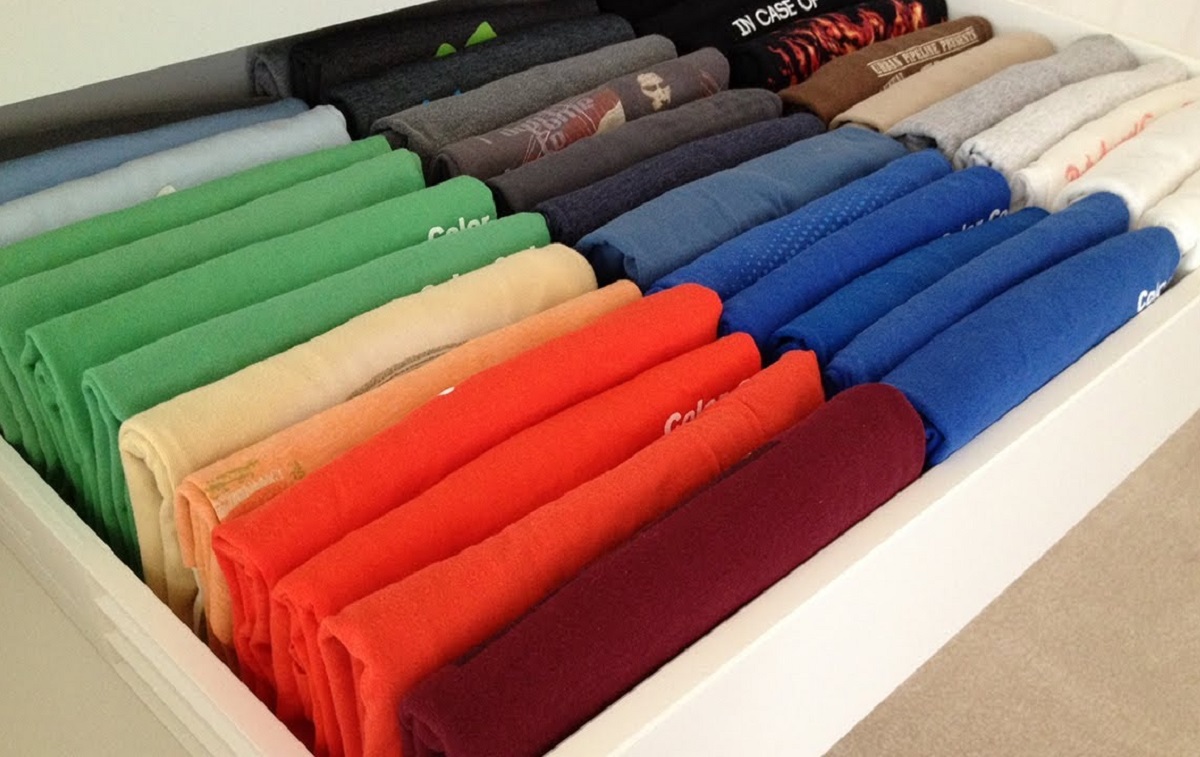
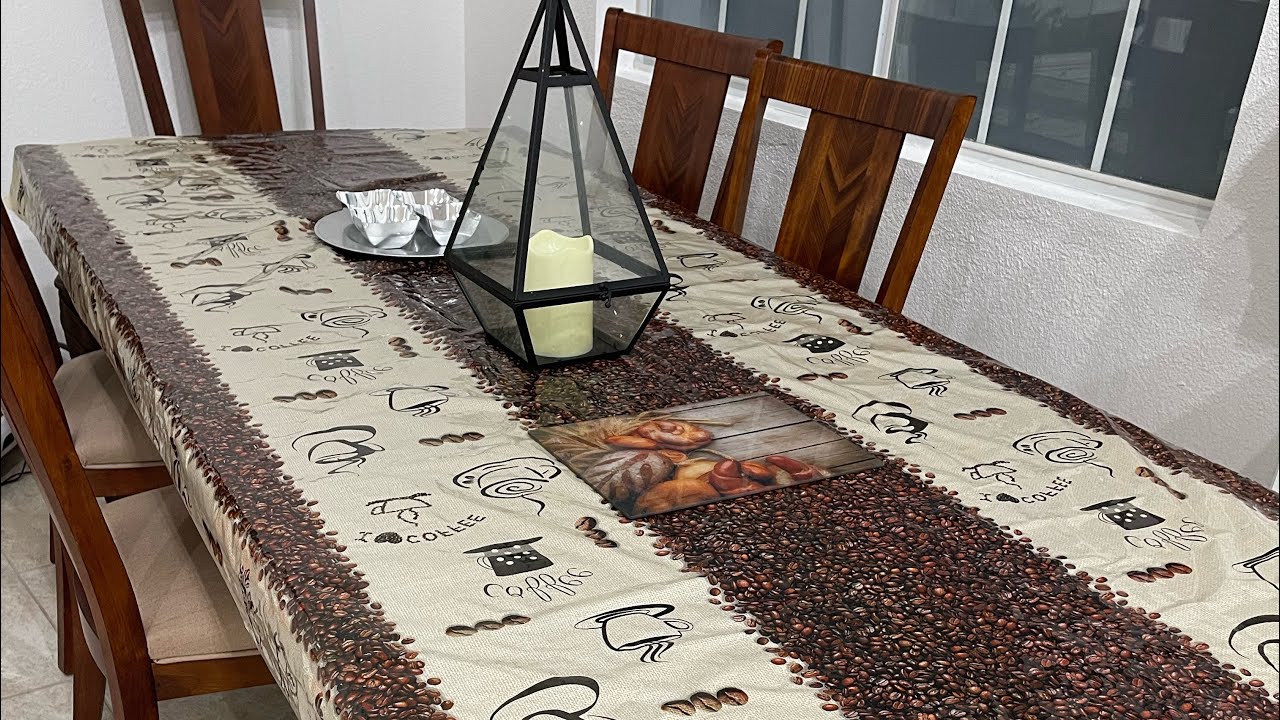
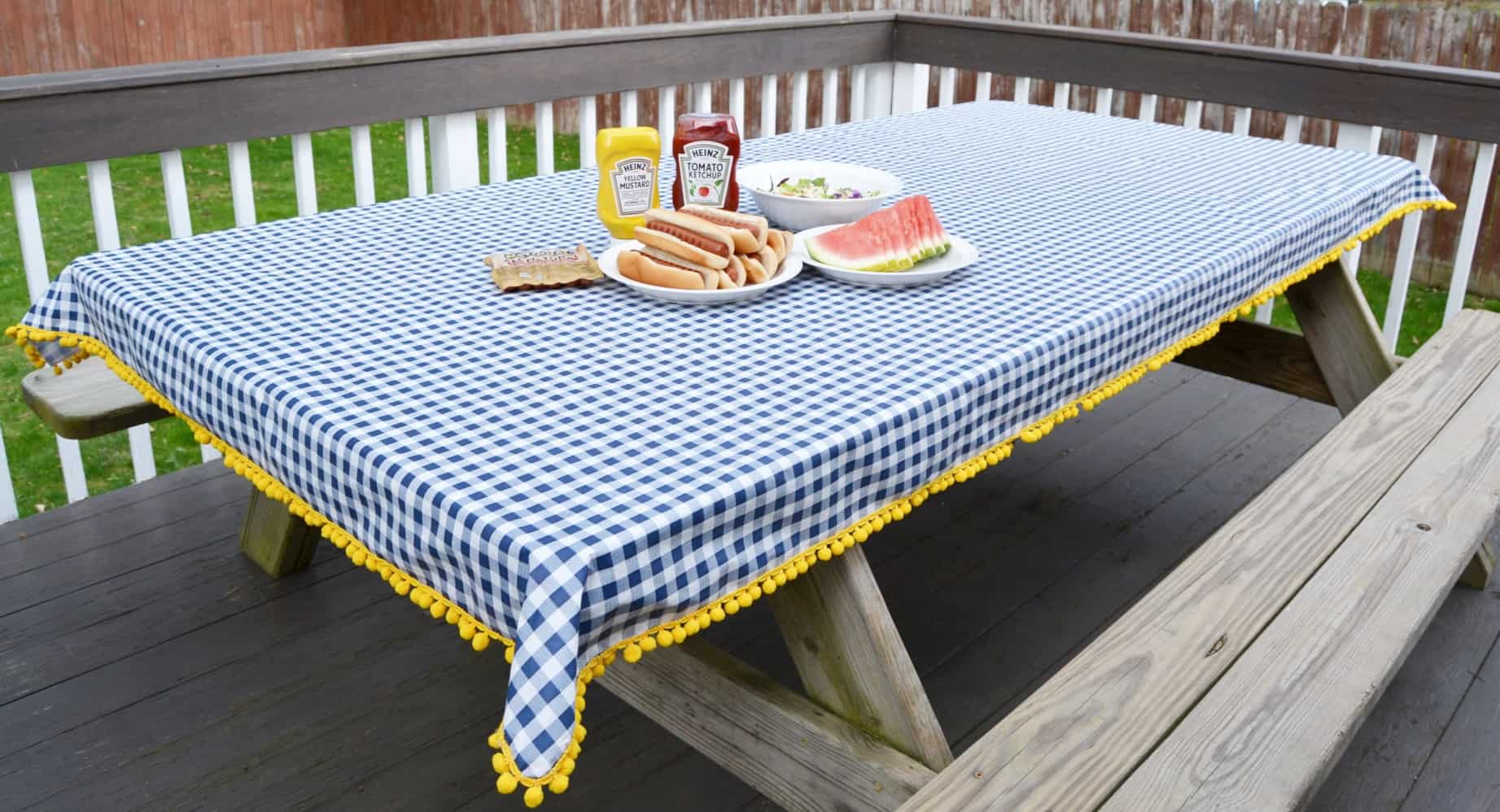
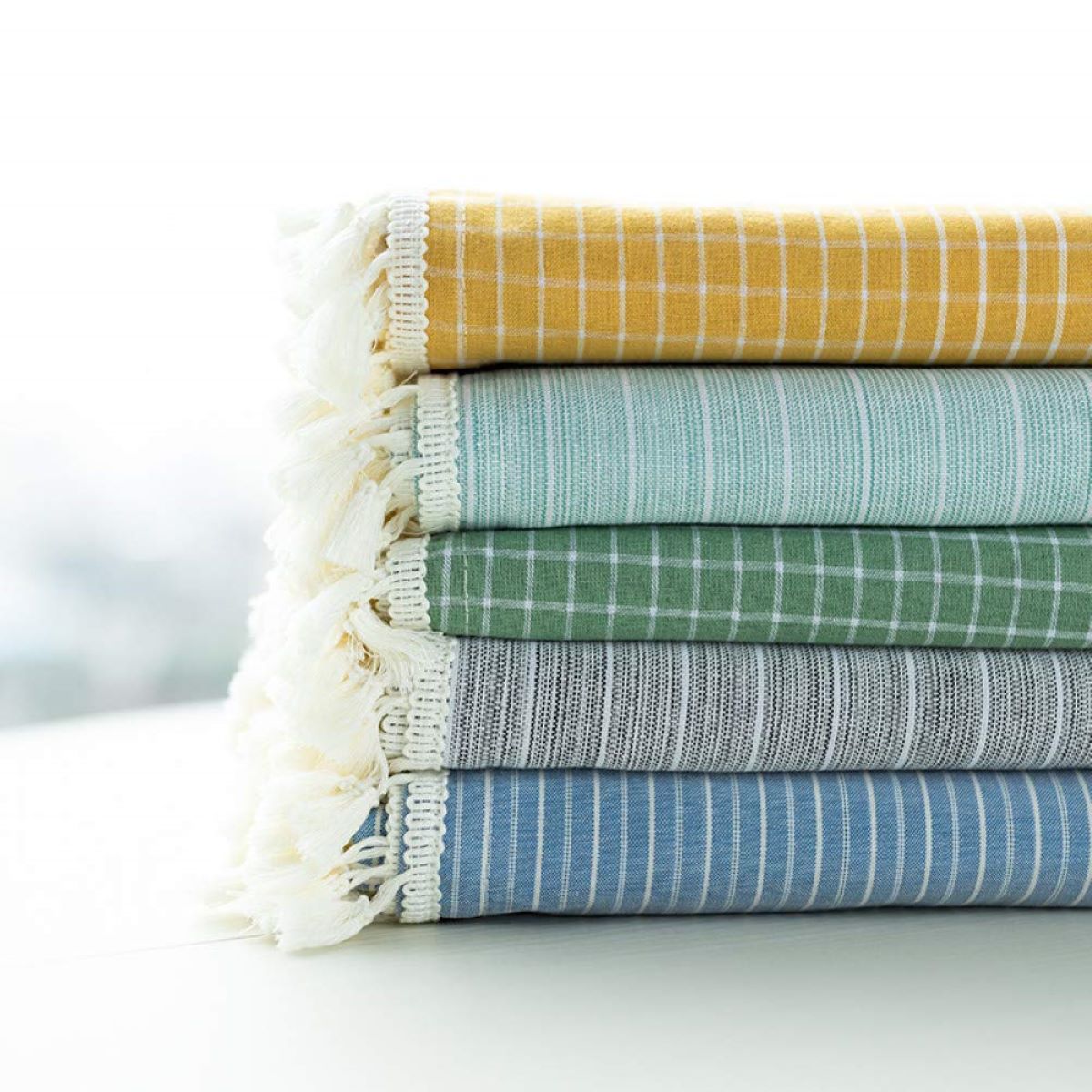
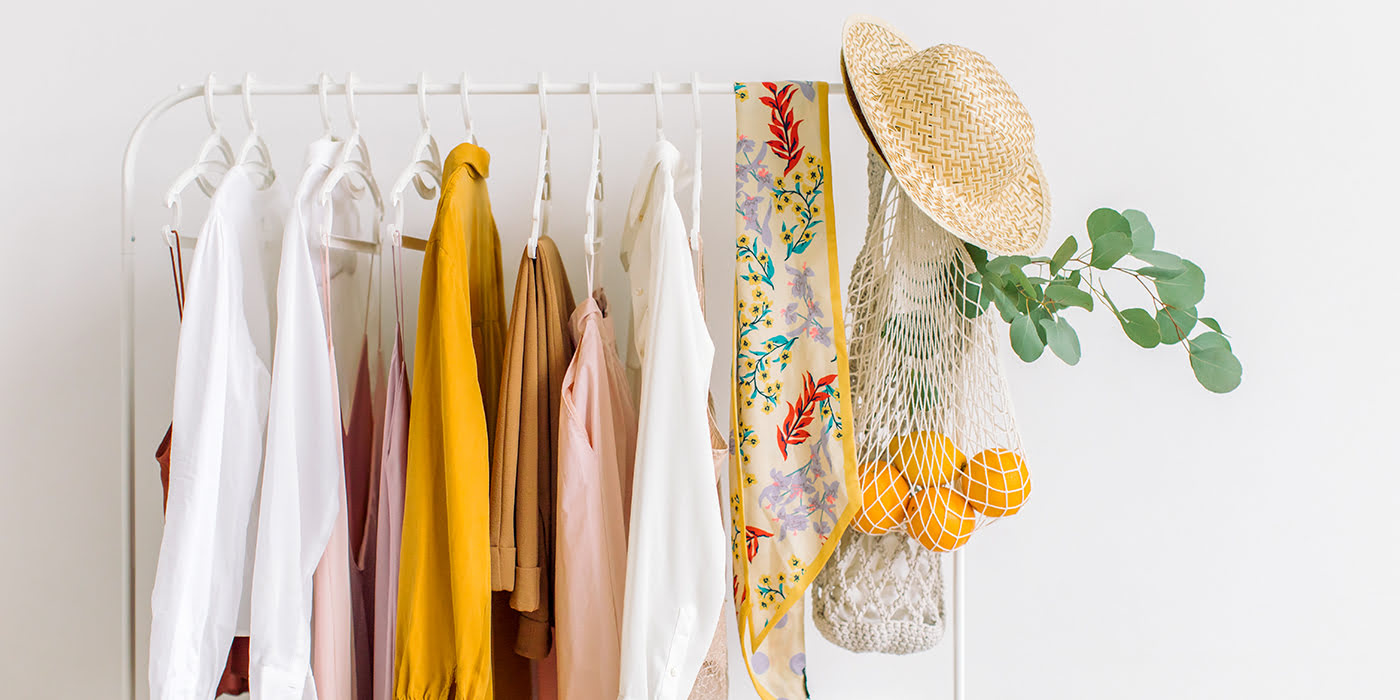
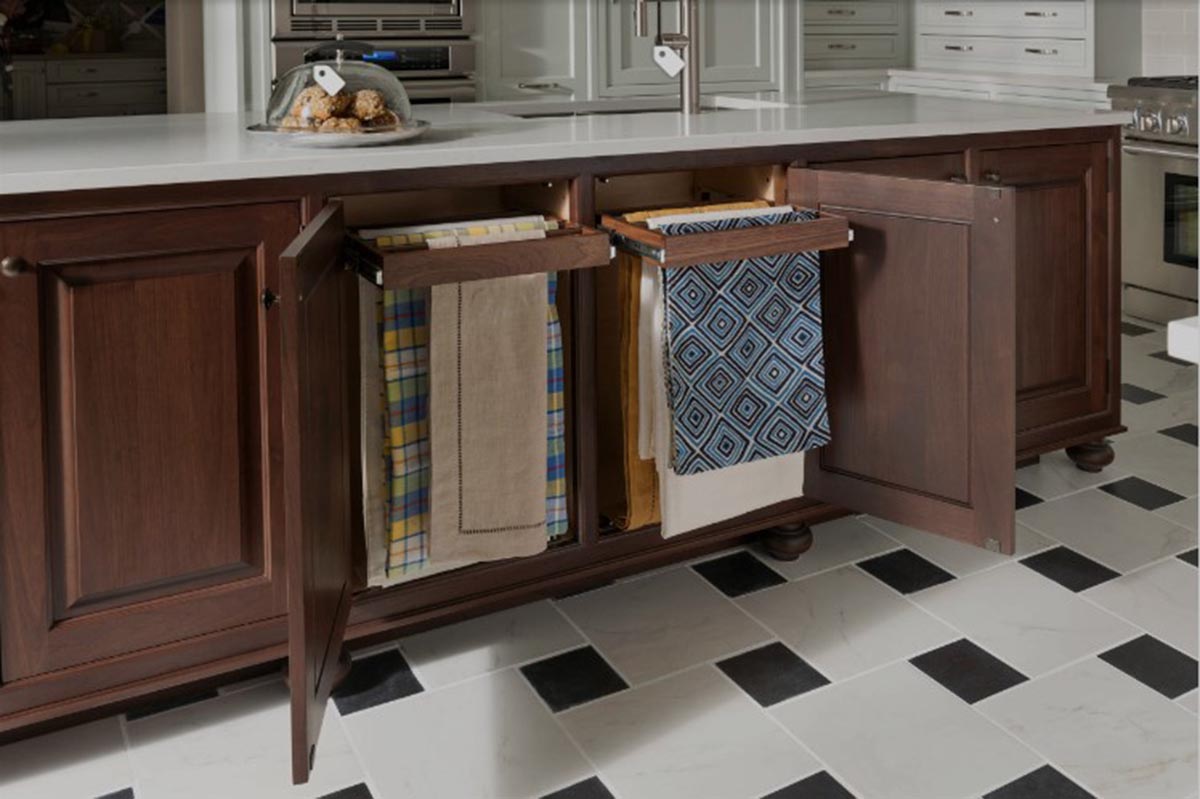
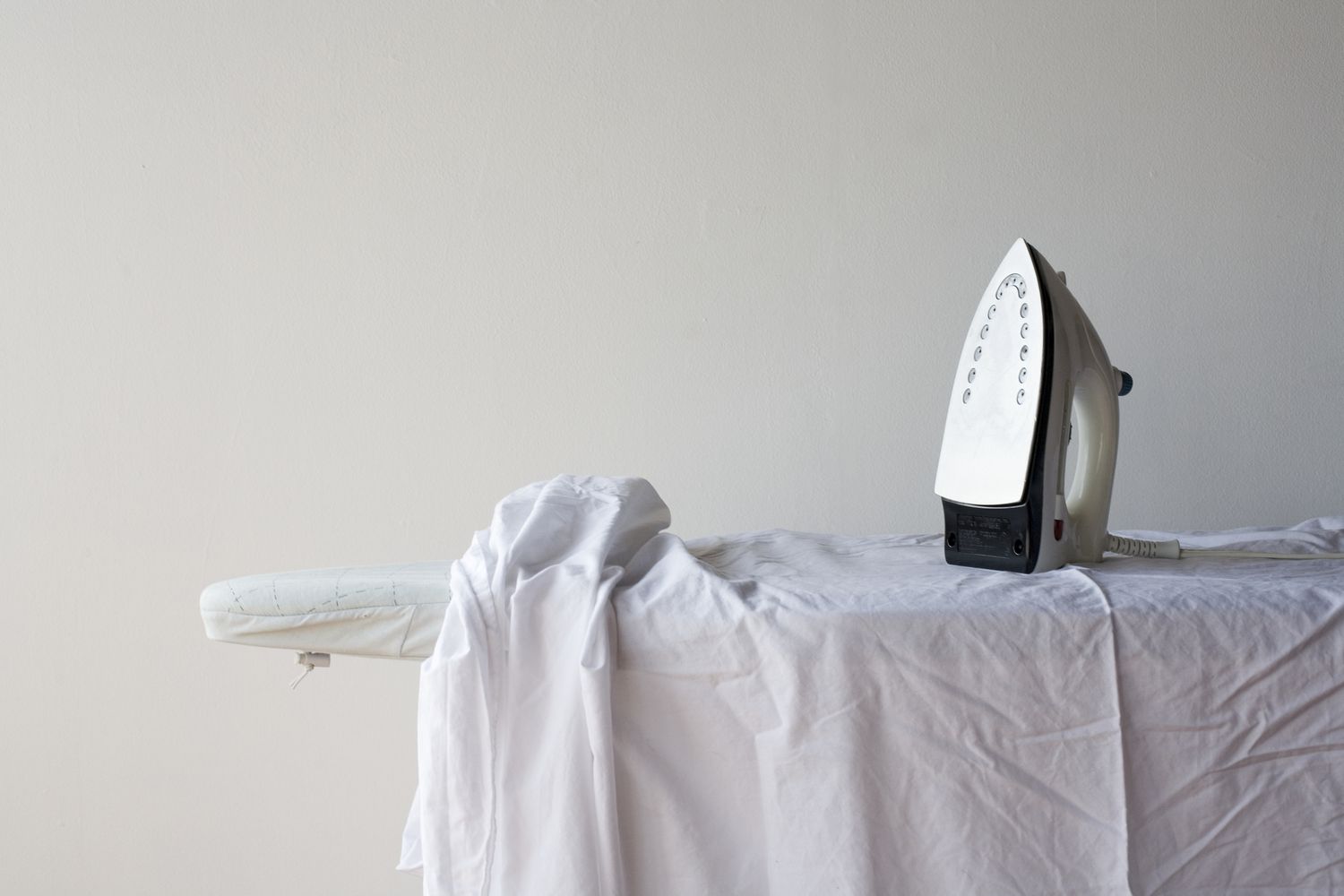
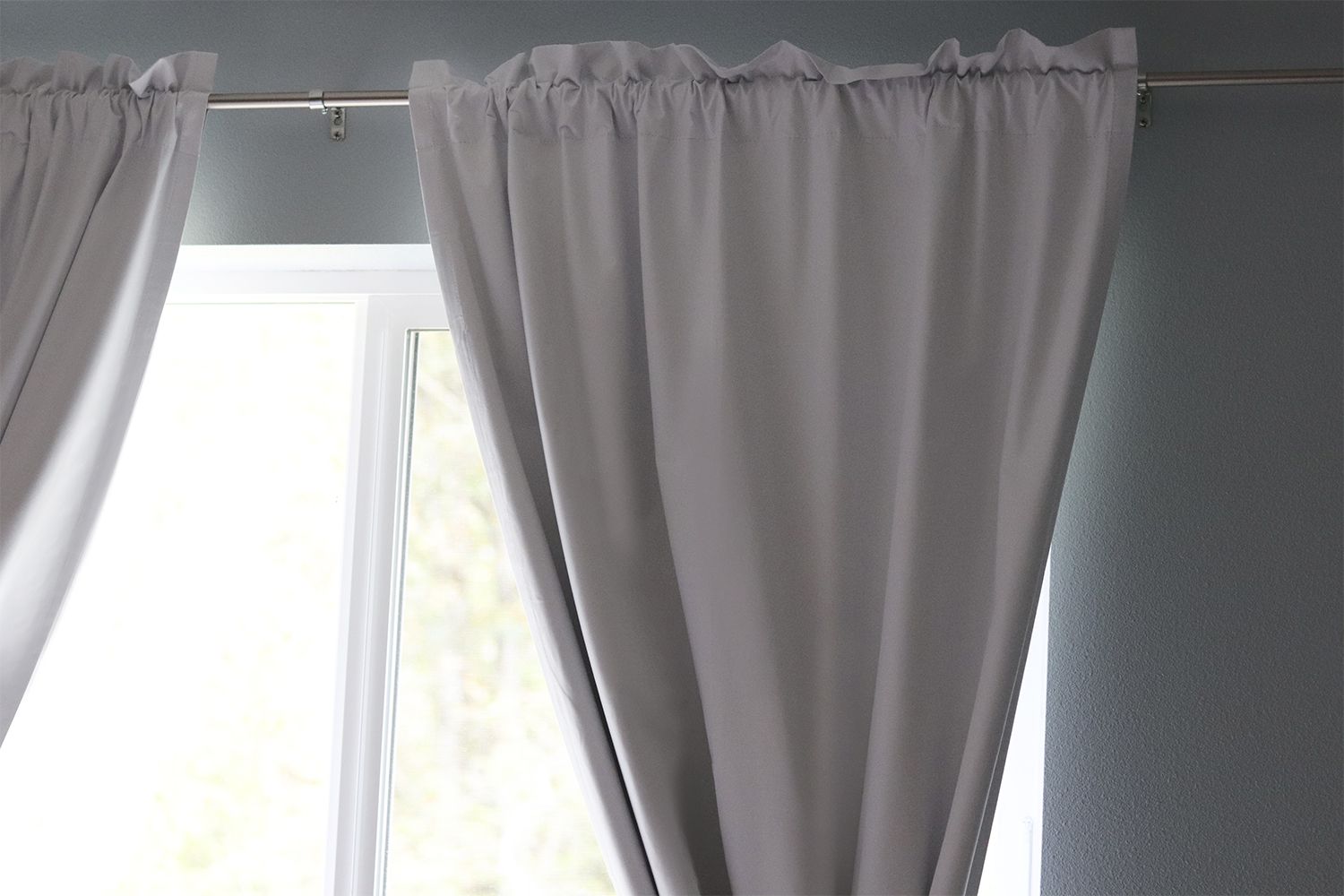

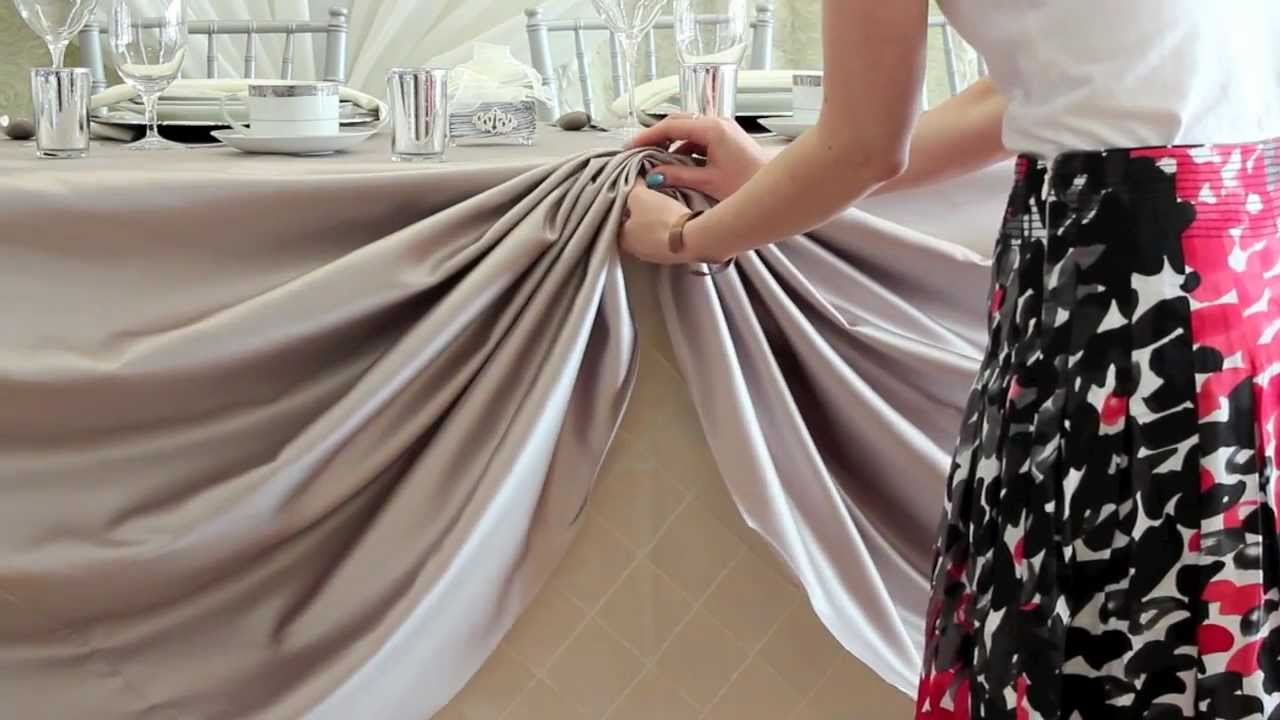

0 thoughts on “How To Store Tablecloths Without Wrinkling”